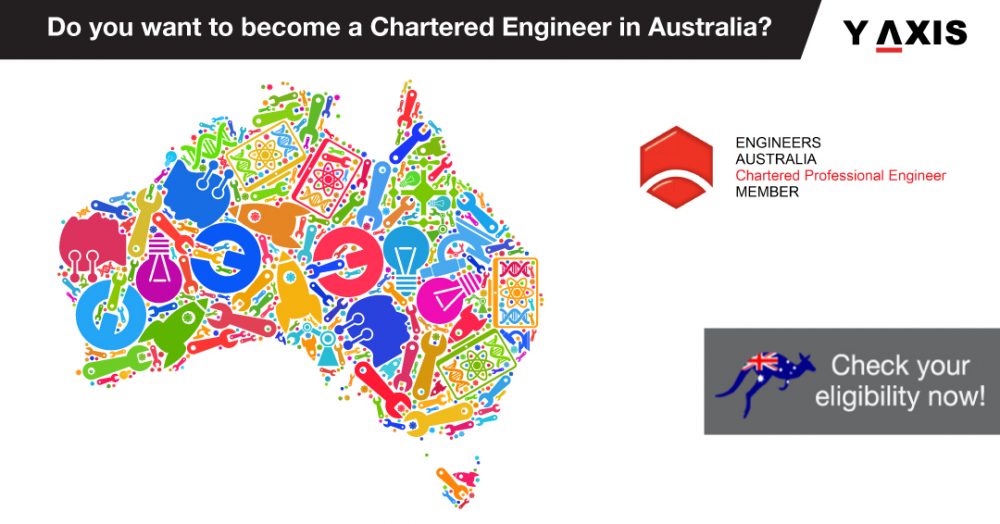Recognition as a Chartered Engineer [CEng] can greatly boost your career.
A CEng develops answers to engineering problems making use, either of existing or new, technologies in innovative ways.
As a CEng, you can be involved in:
- Developing such technology
- Pioneering different engineering services
- Introducing more efficient techniques for production
- Promoting advanced methods and designs
There is no course as such to become a CEng. To be known as a Chartered Engineer, you will have to get yourself registered with the appropriate authority.
In the UK, it is the Engineering Council that assesses technicians and engineers against certain standards and awards professional titles, such as:
- Information and Communications Technology Technician [ICTTech]
- Engineering Technician [EngTech]
- Incorporated Engineer [IEng]
- Chartered Engineer [CEng]
Note: – For further details, refer the Information and Communications Technology Technician [ICTTech] Standard, and the UK Standard for Professional Engineering Competence [UK-SPEC].
In Australia, on the other hand, it is Engineers Australia that can grant you the title of Chartered Engineer.
Engineers Australia recognizes an applicant as a Chartered Engineer in any of the occupational categories of:
|
Professional Engineer |
|
Engineering Technologist |
|
Engineering Associate |
To be recognized as a Chartered Engineer by Engineers Australia, an applicant will have to go through a 6-step process. Log on to Engineers Australia and proceed as per the steps given below:
|
STEP 1: Self-Assessment
You can rate yourself as ‘developing’ in any of the competencies. Information submitted can be updated later. |
|
STEP 2: Industry Review
*Usually, Industry Reviewers are chartered members of Engineers Australia or those with 7+ years of relevant experience. |
|
STEP 3: Enroll for Chartered
|
|
STEP 4: Chartered Evidence
Do keep in mind that you might be asked for additional evidence as well. |
|
STEP 5: Professional Interview
|
|
STEP 6: Become Chartered |
As per the Engineers Australia, the current Chartered Areas of Practice include:
|
Aerospace Engineering |
|
Amusement Rides and Devices Engineering |
|
Asset Management |
|
Biomedical Engineering |
|
Building Services Engineering |
|
Chemical Engineering |
|
Civil Engineering |
|
Cost Engineering |
|
Electrical Engineering |
|
Environmental Engineering |
|
Fire safety engineering |
|
Geotechnical Engineering |
|
Heritage and Conservation Engineering |
|
Information, Telecommunications and Electronics Engineering (ITEE) |
|
Leadership and Management |
|
Mechanical Engineering |
|
Mechatronics Engineering |
|
Naval Architecture |
|
Oil and Gas Pipeline Engineering |
|
Petroleum Engineering |
|
Pressure Equipment Design Verification |
|
Project Management |
|
Risk Engineering |
|
Structural Engineering |
|
Sub-divisional Geo technics |
|
Subsea Engineering |
|
Systems Engineering |
Being accredited as a Chartered Engineer can really open the possibilities for you, both in terms of your career path as well as your future life in the new country.
If you are looking to Study, Work, Visit, Invest or Migrate Overseas, talk to Y-Axis, the World’s No. 1 Immigration & Visa Company.
If you found this blog engaging, you may also like…




Do you want to become a Chartered Engineer in Australia?
Posted on February 11, 2020